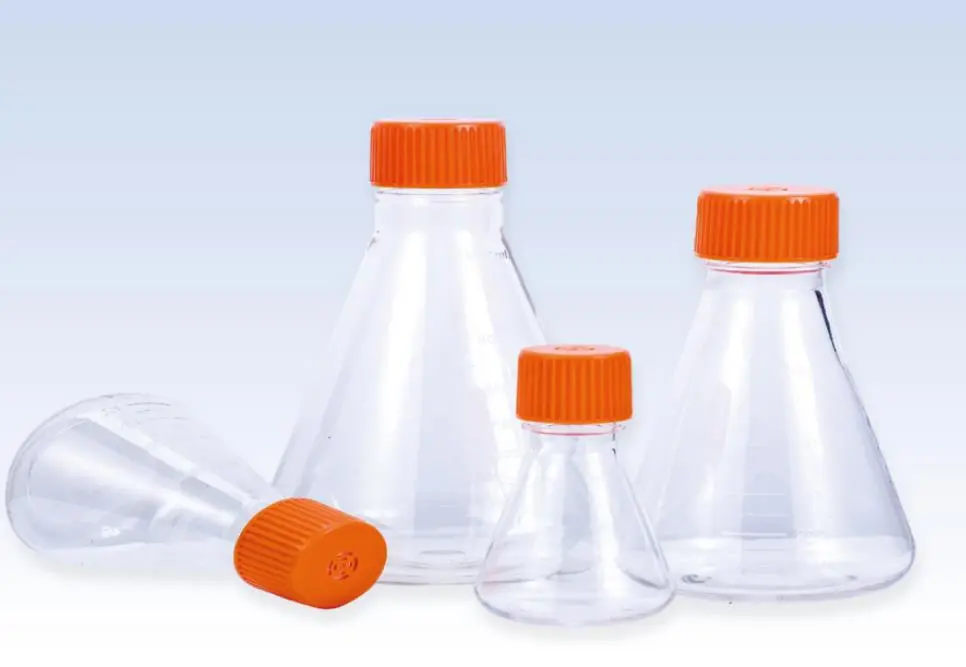What Factors Should I Consider When Choosing a Cell Culture Flask?

The key factor influencing your cell culture flask choice is the type of cells you're growing. Different cell lines have specific requirements for attachment and growth. Cell culture flasks come in treated and untreated varieties. Treated flasks, usually with a tissue culture-treated (TCP) surface, promote adhesion for most adherent cells. Untreated flasks are suitable for cells that grow in suspension or have specific attachment needs.
Another crucial factor is the number of cells you need to grow. The flask's surface area should accommodate your experiment's cell population. Flasks come in a range of sizes, from 25 cm² for small-scale cultures to 175 cm² for larger cell populations. Choosing the right size ensures your cells have enough space to grow and thrive.
Finally, consider your cells' gas exchange requirements. Most adherent cells require constant gas exchange (oxygen in, CO2 out) to maintain health. Vented flasks allow for this exchange through a filter system in the cap. Conversely, non-vented flasks are ideal for anaerobic cultures that don't require constant gas exchange. Matching your flask type to your cell's needs ensures optimal growth conditions.
Understanding these factors empowers you to choose the ideal cell culture flask for your experiment. This translates to healthier cells, more reliable results, saving time and resources, and ultimately, successful cell culture experiments that contribute to advancements in various scientific fields. There is more information about cell culture flasks:Advanced Treatments for Cell Culture Flasks: Coatings, Surfaces, and Modifications.
- Art
- Causes
- Crafts
- Dance
- Drinks
- Film
- Fitness
- Food
- Spiele
- Gardening
- Health
- Home
- Literature
- Music
- Networking
- Other
- Party
- Religion
- Shopping
- Sports
- Theater
- Wellness


